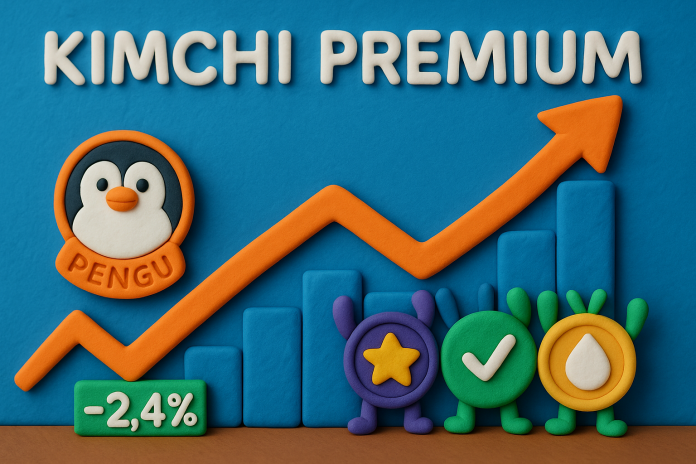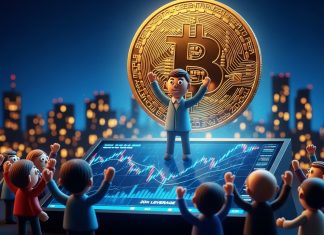
The prolonged “reverse Kimchi premium” trend in South Korea’s cryptocurrency market is showing signs of easing, raising hopes of a broader recovery in investor sentiment. The Kimchi premium refers to the phenomenon where crypto assets are priced higher on Korean exchanges compared to overseas. In recent months, however, domestic prices had consistently lagged behind global averages—creating a “reverse” premium. In early July, the gap widened to as much as -2.4% for Bitcoin, but it has now narrowed to around -0.5%.
This shift is largely driven by recovering momentum in both global and local markets. Globally, sentiment has been lifted by regulatory clarity efforts in the U.S., continuous inflows into Bitcoin spot ETFs, and renewed anticipation around potential Ethereum ETFs. In Korea, these developments have helped pull the market out of its recent slump, with signs of renewed trading volume and daily transaction growth across major exchanges.
Korean investors are also responding positively to price stabilization in altcoins. Coins like Ripple (XRP), Solana (SOL), and Pudgy Penguins (PENGU) have recently seen their domestic prices converge with global levels, reducing capital outflows to overseas exchanges. This suggests a loosening of redemption pressure in the local market, and some observers are even speculating about the possible return of a positive Kimchi premium.
Industry insiders believe the current narrowing of the reverse premium is not purely a short-term fluctuation. The trend has coincided with competitive fee reductions among Korean exchanges, stronger reactions to newly listed tokens, and ecosystem developments such as expanded integrations between Upbit and Kakao Pay. These factors appear to be restoring trust in Korea’s won-based trading environment.
Still, experts caution against premature optimism. Market-wide liquidity remains limited, and speculative capital flow—especially among altcoins—continues to distort valuations. The reemergence of a true Kimchi premium, they note, would likely require deeper structural changes, including institutional capital inflows and regulatory reform.
Even so, the partial recovery in investor sentiment is being welcomed as a positive sign. With global regulatory frameworks becoming more established and Korea considering expansion of its qualified investor access to digital assets, there is growing expectation that a more sustained recovery could emerge in the latter half of the year. Whether the reverse premium turns positive or stabilizes at a new equilibrium remains to be seen—but market participants will be watching closely.



![[November]Uptober No More](https://coinhubkorea.com/wp-content/uploads/2025/10/Whisk_d78880efb01a730907f4be201effefe1dr-1-100x70.jpeg)


